Part 1 : Vision and Birth of Trisio

Every great product starts with a vision from the team building it and this vision is what channels passion, direction and purpose within the team members towards what they are building. As a founder and Investor myself I am obsessed about the "why" of the product. The why is the most important question in a world filled with "whats" and "hows".
Keeping this in mind I insisted on having a one on one with the team leads Product and Image Processing, I run an Image processing company so I wanted to dig into their tech stack a little bit ( I cannot share all of that information but nevertheless it was quite impressive ). Below are a few questions I asked their team and their answers were quite enlightening. This meeting took place with me on a video call with their team .
Some background about Trisio, they have been making multi lens cameras since 2016 and have sold hundreds of thousands of cameras in the Chinese local market and the Trisio Lite -2 is their first international product. I have personally not tried any of those old products but multi lens systems are far more complicated than single lens systems so I can imagine their technical capability is sound.
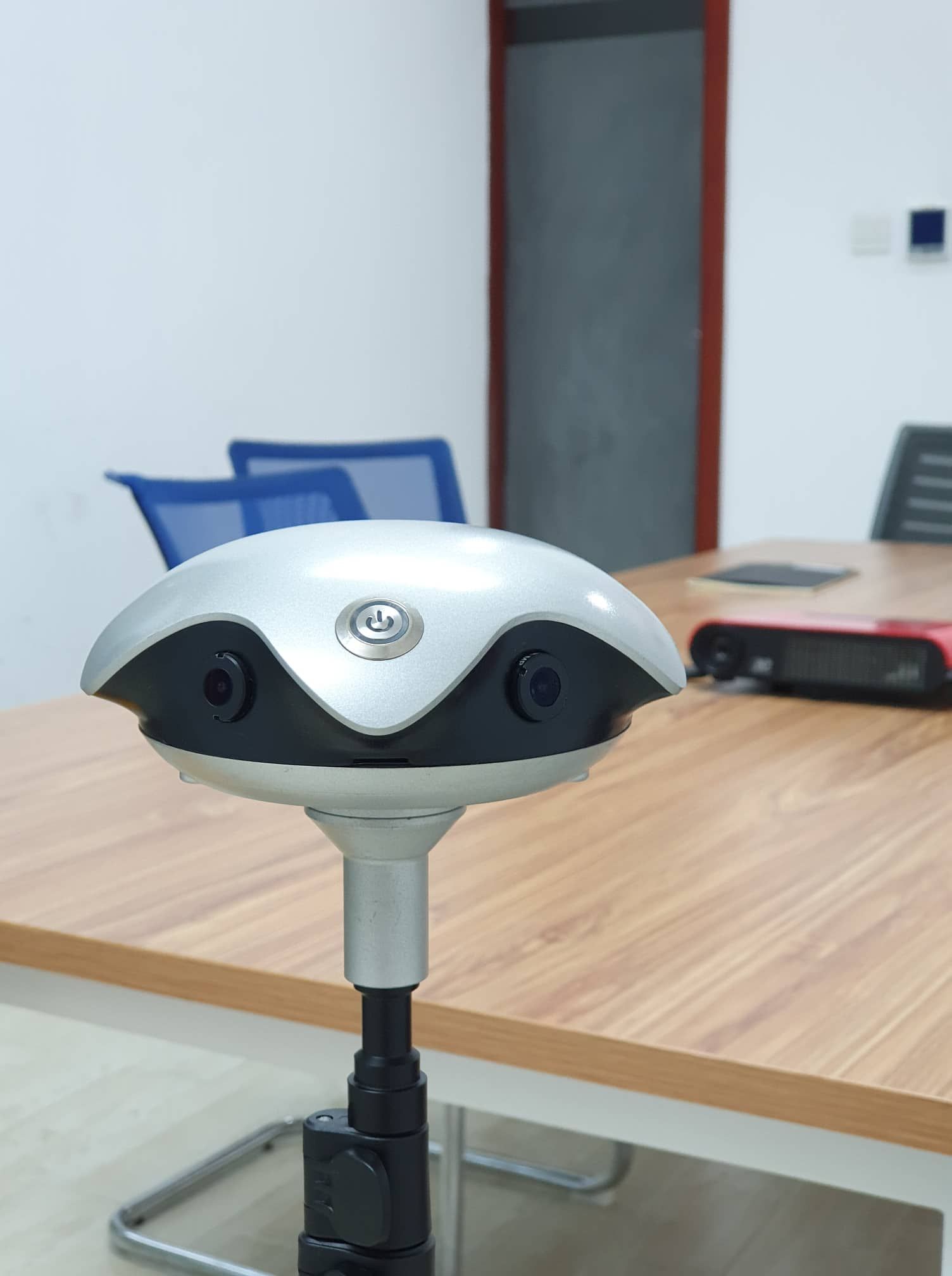
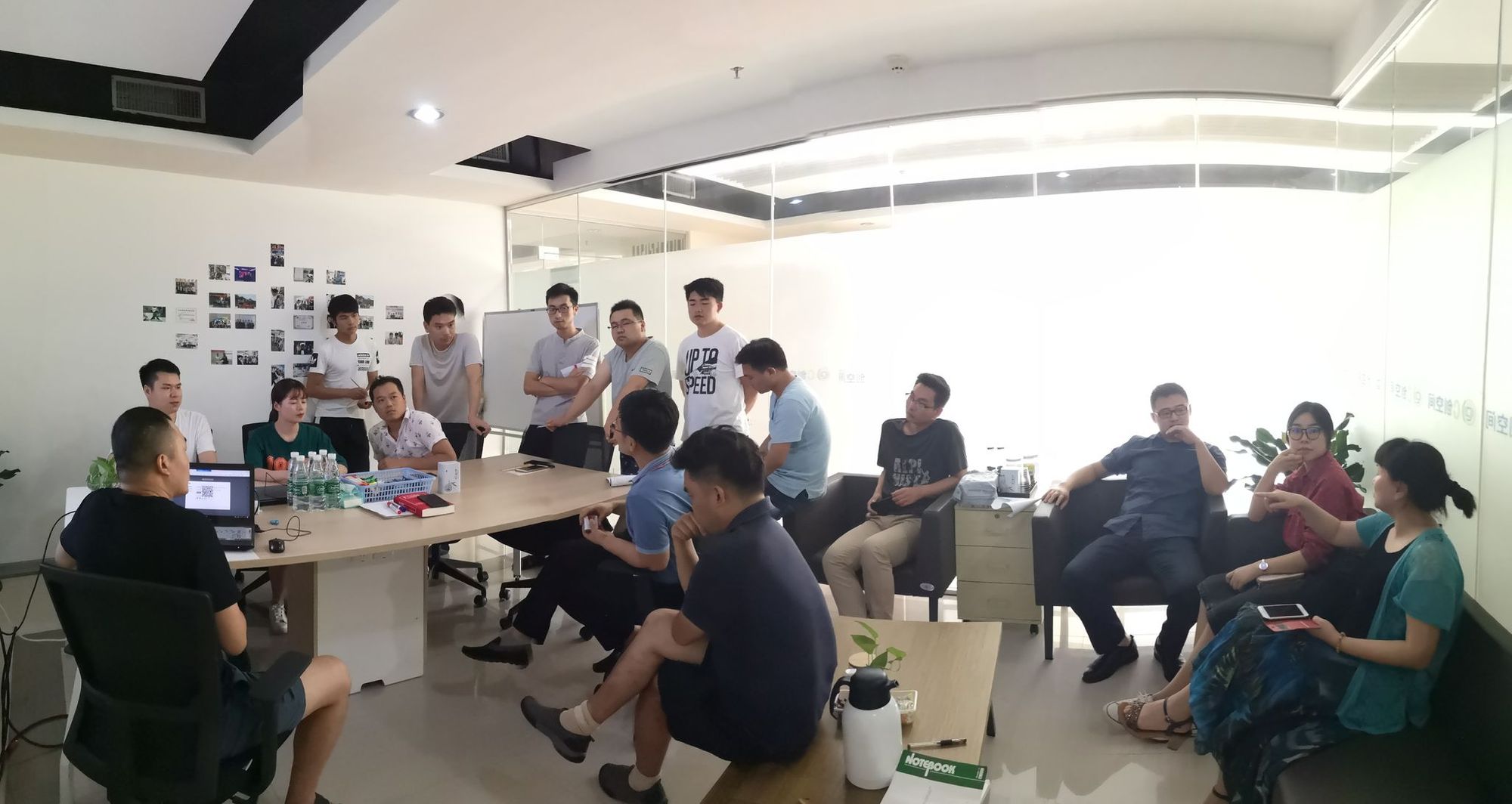
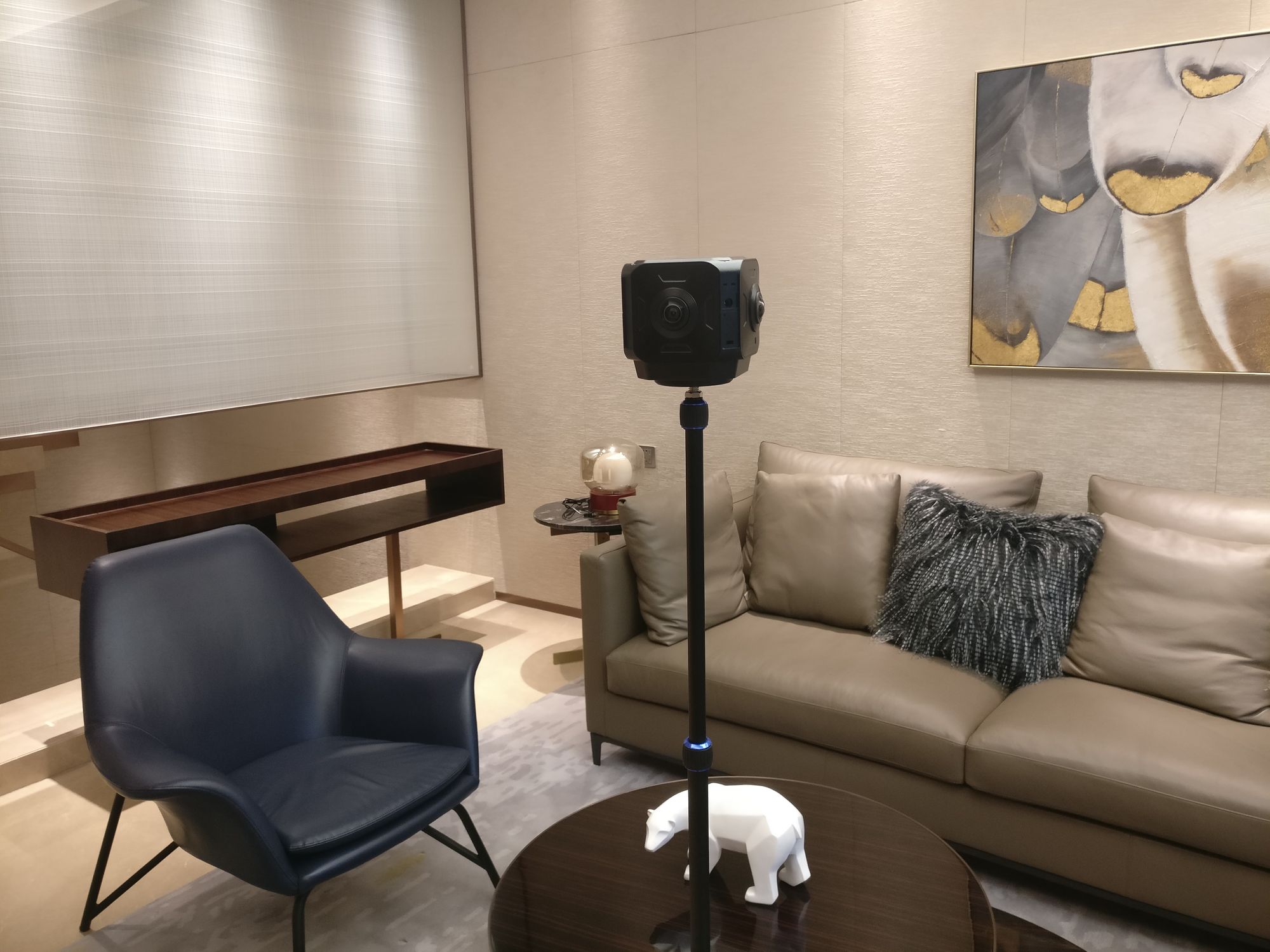
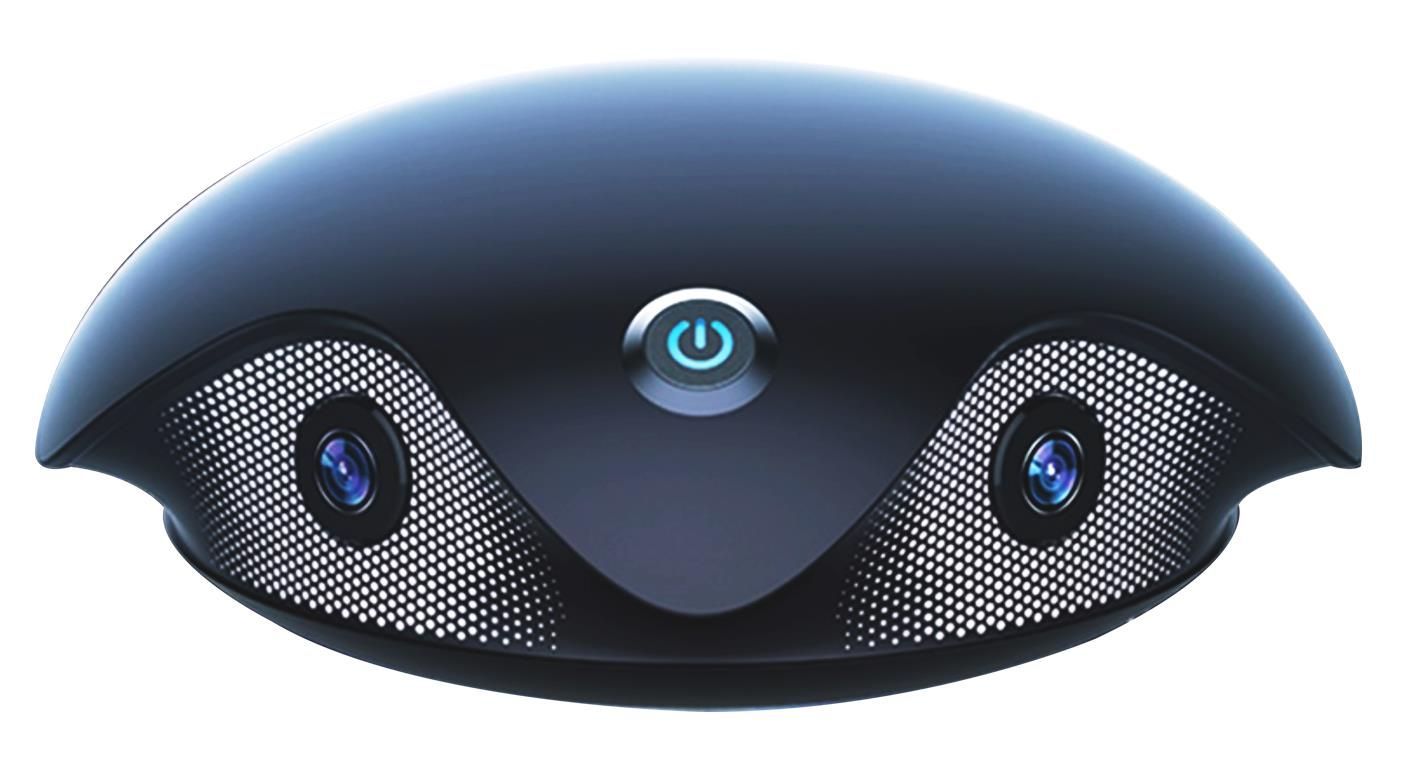
.jpg)
If you scroll below you will hear some of my thoughts about this interaction. along with some photos here.
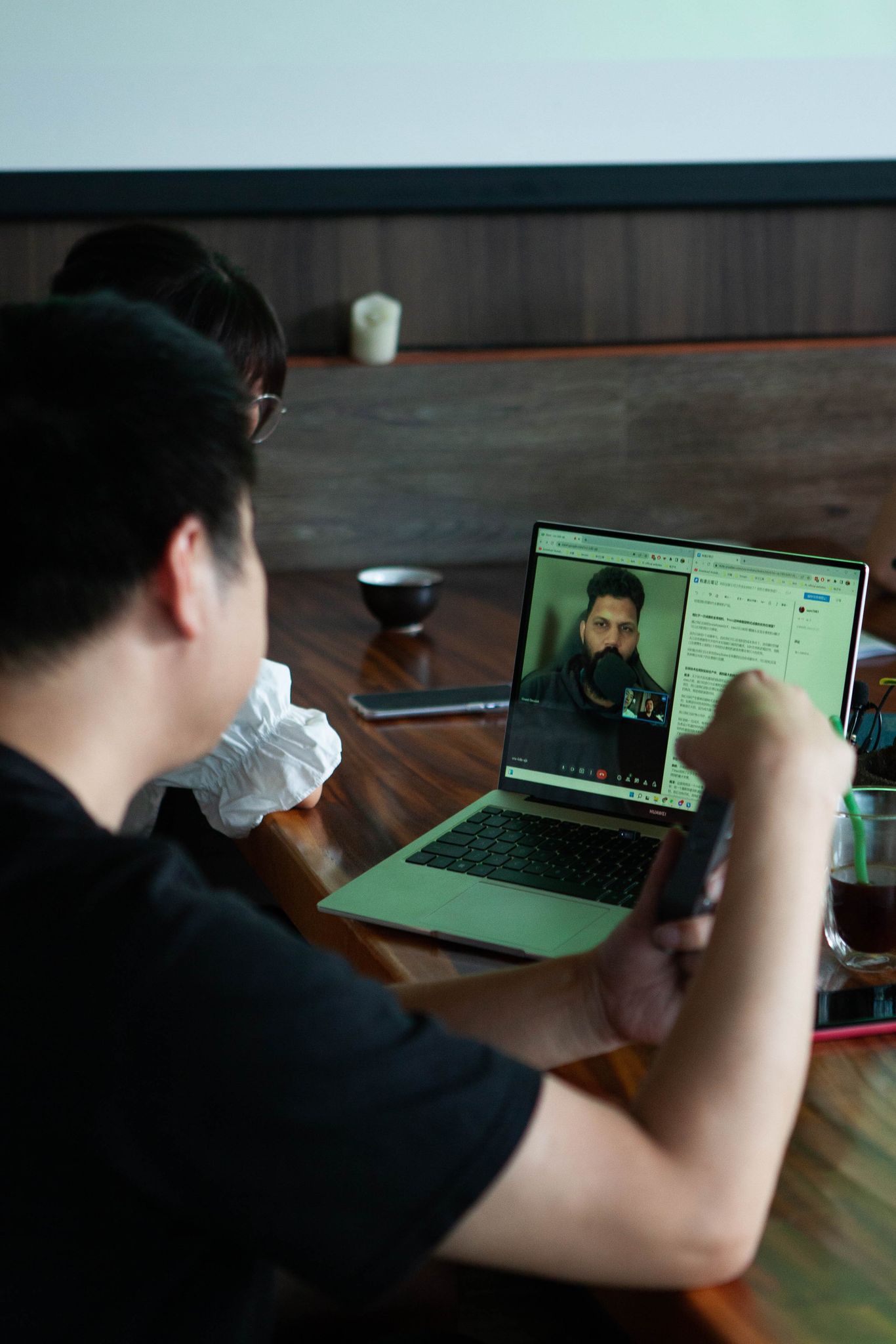

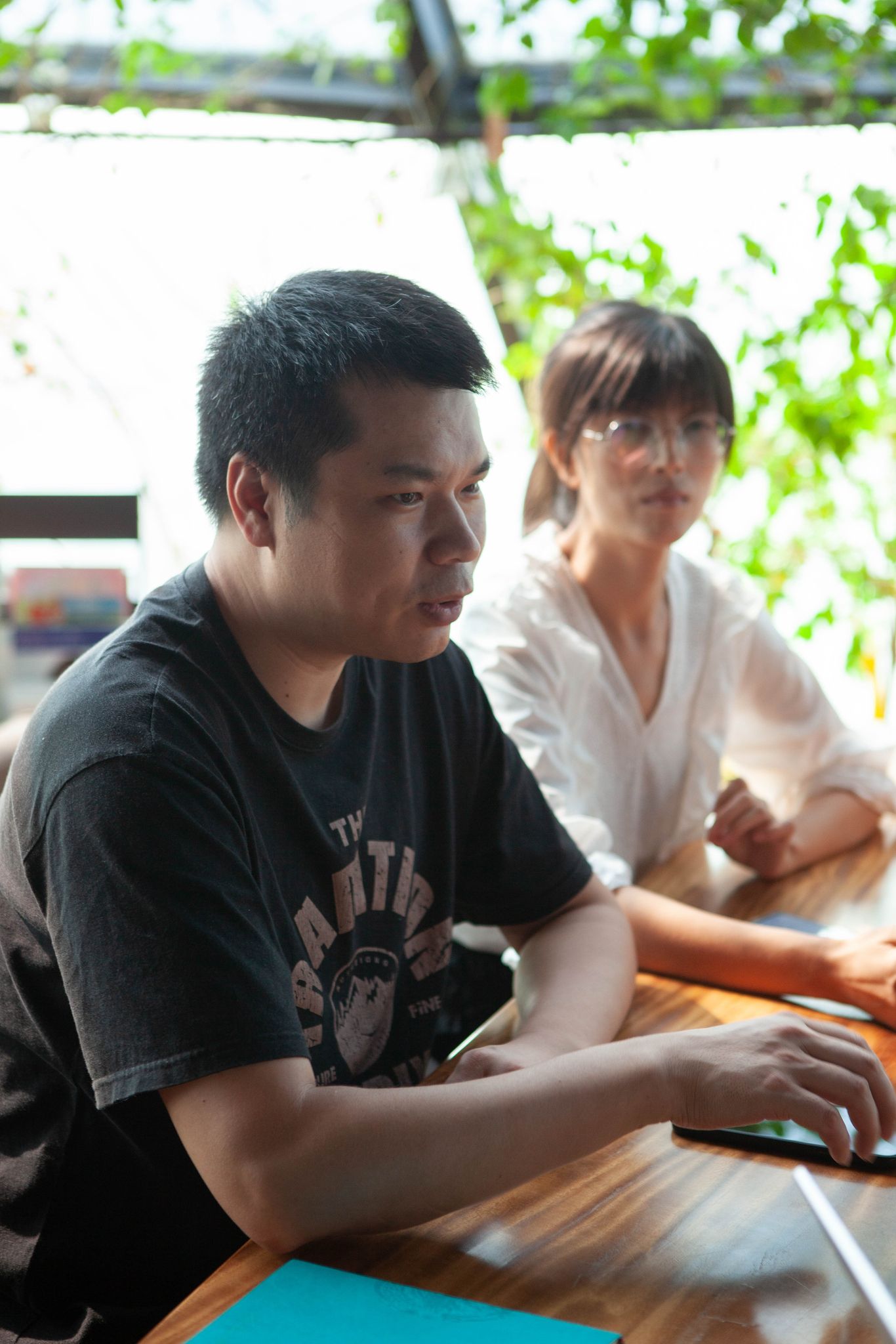
Vineet: How did you start thinking of the concept for the camera?
Sam: Since 2016, many brands of panoramic cameras have entered the market. Most of these cameras focus on mostly video/ functions such as outdoor sports, video conferencing, and scenery browsing. If we were to launch a similar camera, it would be difficult to stand out from the competition. Moreover, from the consumers' perspective, they would simply have another option for a similar product, rather than a new use.
Vineet : So the start point was more about the market instead of the technology ?Sam: You could say that. We always think in terms of the consumer and we think they have a need for that in the market.
Vineet : Why did you not build a one shot camera? What is the advantage of the rotating system over a one shot?
Sam: We believe that whether it is a panoramic camera or a regular camera, it is still essentially a camera. The camera has two fundamental uses for the user, which are video and images. Many of the previously mentioned panoramic cameras that are already on the market have excellent video capabilities. But as mentioned above, after studying most of the panoramic cameras on the market, we found that everyone has their own strengths in video recording, but if you want to take an excellent pair of photos, both in terms of resolution and image quality we think the gap is very big compared to traditional DSLR cameras. So we also had the idea to design a panoramic camera specifically for recording still scenes, focusing on photo shooting. Essentially, this is because we are more focused on the needs of users in the market - we have found that many of them need a product that can better document images of architectural spaces, and they need to show these architectural spaces in a clear and qualitative way. At the same time we wanted the first product in the series to be a product that did not require professional learning and could be used right out of the box.
In order to get a higher resolution and image quality, then a panoramic camera will definitely need a higher number of lenses. However, this will increase the cost of the camera and will be a test of the user's purchasing power. With the nodeRotate technology, we can take four shots with one lens, achieving the equivalent of four lenses.
It also works in a way that improves the stability of the camera and reduces power consumption. In addition, we can invest more money in selecting better lens components.
Vineet : What is the advantage of the a rotating system over a one shot? (Single-lens and image quality)
Echo: In the field of vision algorithms, our company had been doing research for some time before Trisio Lite2, when we made equipment for live broadcast, which involved tuning the image quality, and this laid some of the foundations for our research in the future.
When we decided to make a single lens camera, we also basically decided on the area we wanted to use, which was static indoor scenes, including rooms, houses, museums, etc. Having identified the application scenes, the adaptation and calibration of the images is also more focused.
In addition, because of the relatively large field of view (FoV) of the panoramic camera itself, the lighting of scenes included in the same picture can be complex and may have a relatively large dynamic range. We have therefore spent more time on the optimisation of such scenes with anyScene technology, allowing more detail to be retained in both highlights and dark areas
Vineet: Does split camera construction pose a greater risk of failure? How can this be avoided?
Sam: I would like to start by explaining how we ensure the quality of our products; all of the components used in Trisio Lite2 are well-known brands on the market, with established product supply chains around the world. In terms of components, we do not choose new products, but proven products that have been proven in the market and are being used. In this way, we can ensure the quality of the components.
With regard to the connectors, we did a lot of reliability testing before the product was produced, including a lot of plugging and unplugging, shooting in tilted scenes, turning, etc. We can ensure that the connectors will last for the lifetime of the product. In addition, consumers will soon be able to purchase our connectors individually through different channels, so even if they are damaged or lost, there is nothing to worry about.
Important links :
Campaign page : https://trisio.teliportme.com

